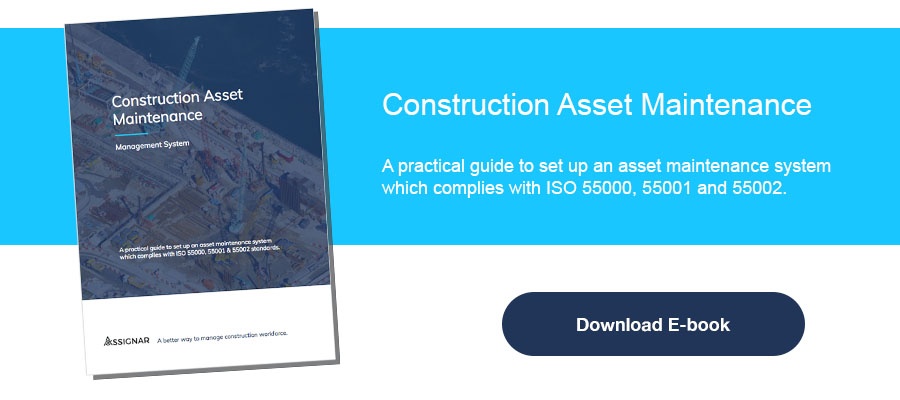Six Steps To Better Construction Equipment Operations, Safety and Maintenance
The age of computerized emission controls, on-board camera systems, motion position sensors, and automated maintenance reporting should simplify the operation of modern construction equipment. But in some ways, technology adds to the functional burdens of machine operators. As we move further away from the simple principles of visual inspection, observation of work area, and manual controls, the need for proper machine operations instruction increases.
This text will help you train your machine operators in the purpose, function and reliability of the technology behind modern construction operations, safety and maintenance.
1) Machine Operation – Start With The Basics
Every operator functions from a different learning curb. Teaching even the basics of new equipment technology must apply adjustable learning tools. It can start with hands-on and move to video or it can start with classroom and move to hands-on. But in every situation, your equipment operators must come to understand the ins and outs of:
- Safe equipment operations
- Adequate response to onboard digital feedback
- AND The importance of confirmed timely equipment maintenance.
2) Machine Operation – Always Safety First
A) Machine operators are first and foremost responsible for ensuring their own safety. Any safety violation that causes hard to the operator can easily reach outward to touch other workers. Before permitting any person to operate site equipment, confirm that said person knows and conforms to the required equipment operational guidelines.
B) According to the OSHA Training Institute, the majority of fatalities involving vehicles, heavy equipment and road construction involve non-passengers and workers on foot. This places burden for the safety of others on the operator of your heavy equipment. Confirm that they understand that on-board cameras do not fully compensate for rearview and side view mirrors. Beeping backup warnings do not fully compensate for a visual check of existing rearward hazards.
3) Machine Operation – Assess Jobsite Stability
In the most part, confirming the stability of a jobsite to support on-site heavy equipment falls upon management. Yet the operator is responsible for keeping tabs on potential dangers. Train them to notice:
- Traffic cones
- Risky roadways
- Ground conditions
- The location of overhead and underground utility lines
- Pedestrians, bystanders and workers
- And Ensured placement of barrier tape and cones.
4) Machine Operation – Pre-Start Checklist
It’s not just a walk around of the equipment. Operators must also clean, inspect and confirm that the machine is safe for ignition and operation.
5) Machine Operation – Attachments
When the heavy equipment functions with multiple attachments, operators must be trained in the operation, safety and maintenance of that equipment. Improper attachment or disconnect can result in deadly consequences.
6) Machine Operation – Maintenance
In smaller construction companies, equipment maintenance offer falls on the operator. If you run crew for machine maintenance, ensure that your operators know when they are due and what works is performed. If the heavy equipment upkeep falls on the operator, ensure that he or she adheres to a comprehensive program.
Benefits of Computerized Heavy Equipment Maintenance Software
If these processes seem a bit overwhelming, consider the benefits of the Assignar software component for "Fleet and Tool Management In Construction." It’s a simple way to:
- Renew license and permits
- Automate maintenance performance and tracking
- Schedule safety checks
- Organize assets
- AND So Much More.


